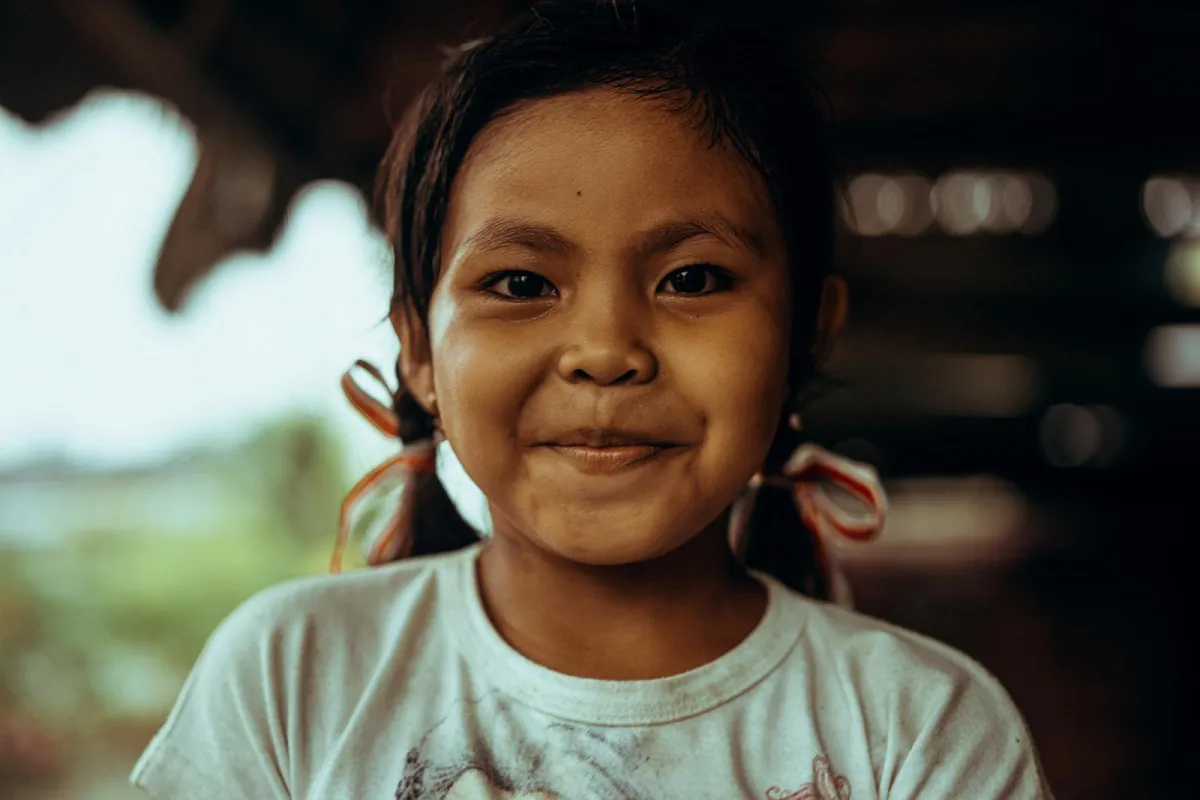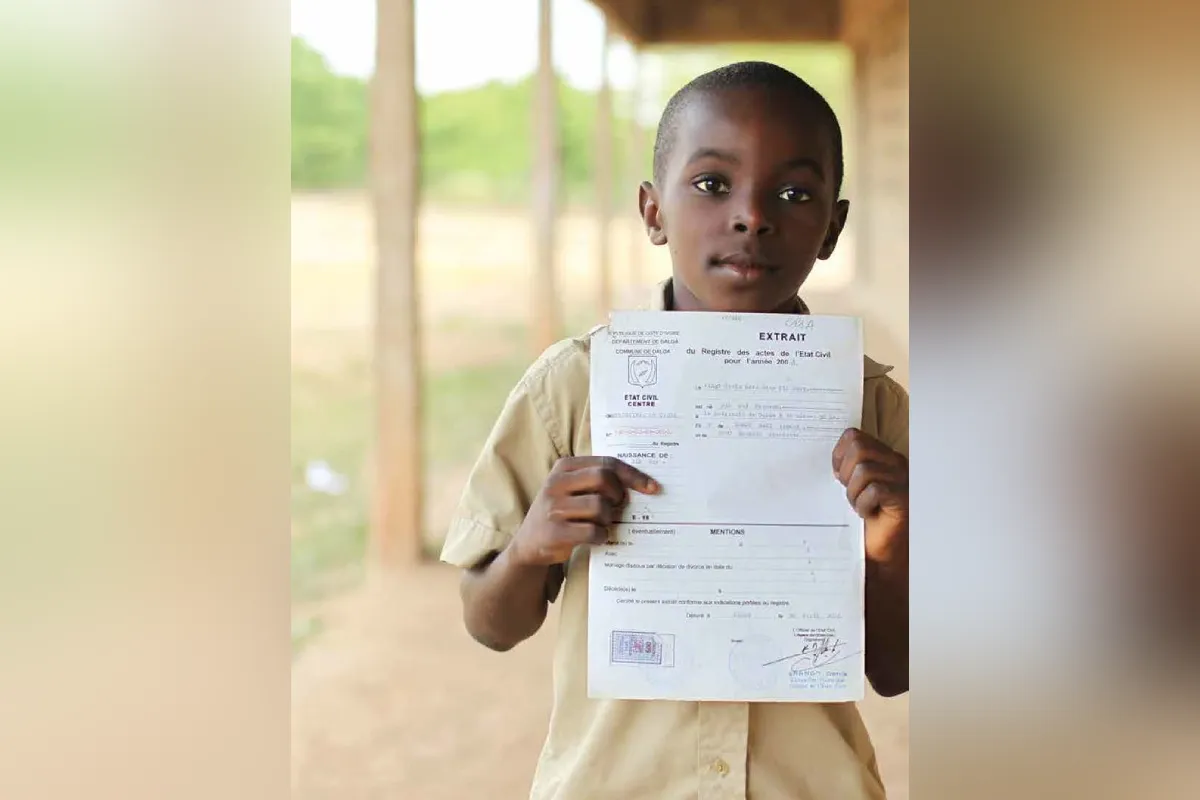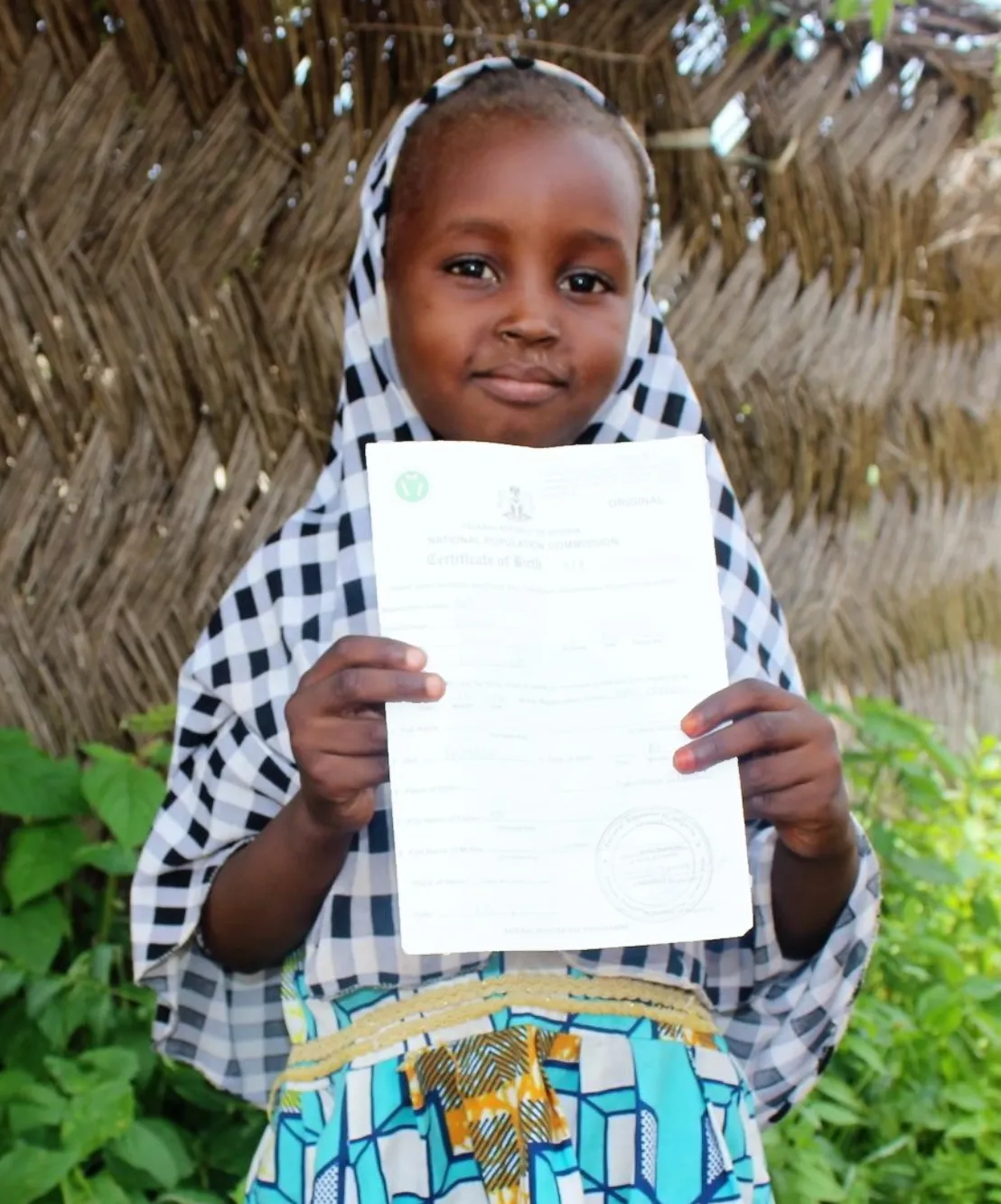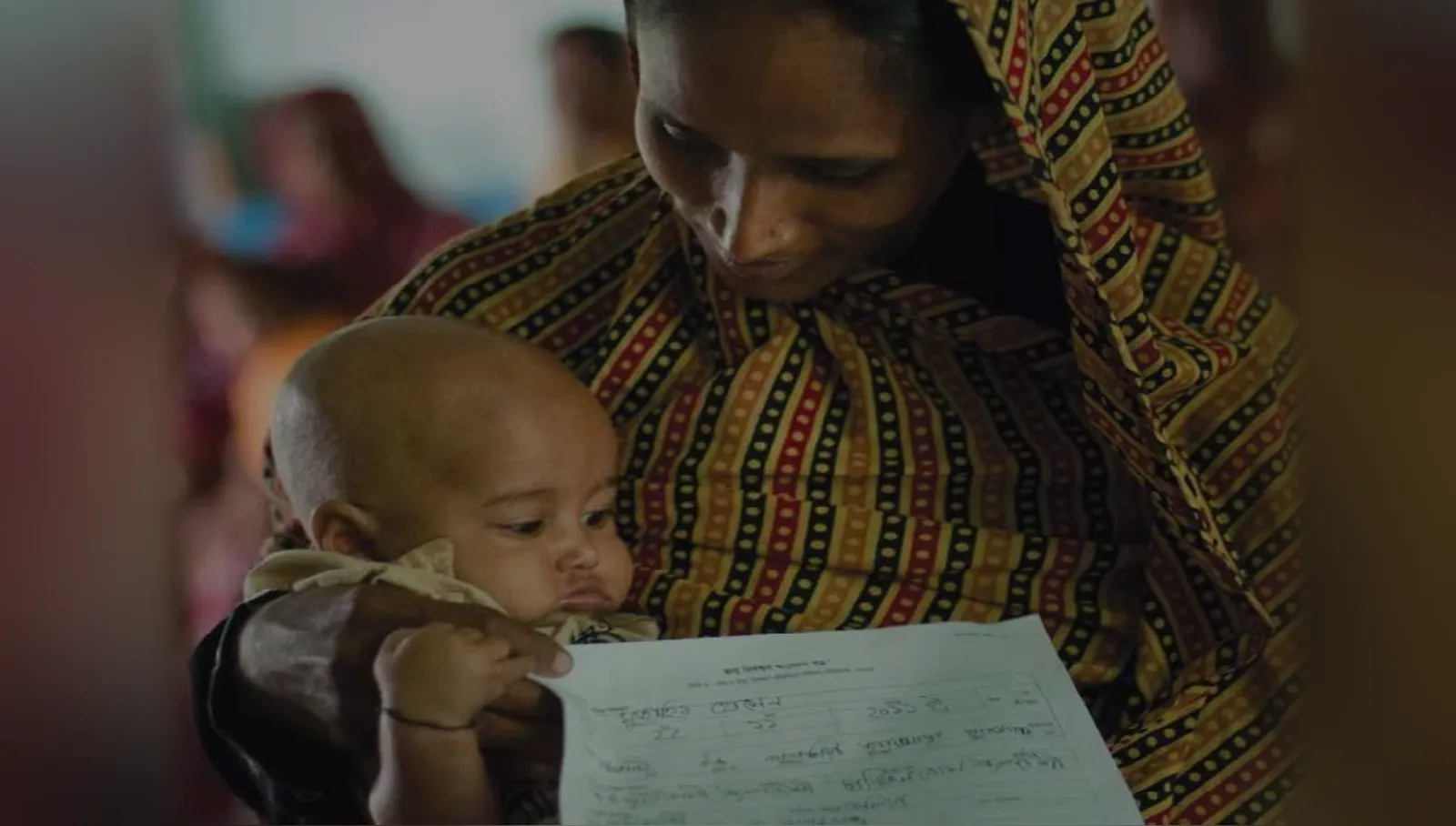Open CRVS
Approximately 300 million kids under the age of five worldwide lack a birth certificate, which accounts for around 45 percent of this demographic. This absence of documentation denies them access to fundamental services and increases their vulnerability to exploitation and trafficking. Our partnership with Our client has involved addressing the intricate and persistent issues stemming from this deficiency in early registration.
THE CHALLENGE
Identifying the Issue
Every year, millions of children go unregistered, and it is estimated by the World Health Organization that two-thirds of all deaths go unrecorded, posing significant obstacles to the effective operation of a vital statistics system.


HOW IT WORKS
Step 1 The caregiver provides the registration agent with information from the birth record.
Step 2 The registry database receives the birth data.
Step 3 Registration is validated, and the birth information is duly recorded, thus indicating that the registration process has been successfully completed.
Step 4 A birth certificate is issued, and the data is then shared with parties that are deemed trustworthy.
Step 5 Data is queried, checked, and corrected by caregivers, as well as other agencies and third-parties.
OUR INITIATIVE
We utilized our direct experience of data collection in the field and our comprehension of the requirements of government and other data users to produce a clear and effective digital design. Additionally, we provided advice on the development of user-focused services that could be scaled to function in any country. Our client is collaborating with us to establish a system that strives for complete coverage in birth and death registration, ensuring that no individual is excluded. Achieving this goal necessitated combining the best capabilities of Pegasus InfoCorp in design, development, and strategy to generate an open-source architecture for a platform that can be utilized worldwide. We also implemented a robust DevOps framework to facilitate the rollout.

OUTCOME
By fully engaging with the working environment of community health workers and registration clerks, we gained an intimate understanding of the issue at hand. We conducted focus groups and prototype testing sessions to ensure that the system was user-friendly and met the needs of its end-users, considering factors such as varying levels of reading ability and the importance of certain features for different user types. We collaborated closely with a local research team in Bangladesh to integrate user feedback into every phase of the project. Our approach prioritized human-centered design, which involved traveling to remote rural regions of Bangladesh to interact with individuals who faced challenges in providing services due to power outages, transportation issues, server downtime, and limited or nonexistent internet connectivity.

With the help of Pegasus InfoCorp, we adopted a human-centered approach to product development. This approach is crucial for achieving our goal of OpenCRVS, which aims to guarantee that every individual on Earth is acknowledged, safeguarded, and supported from birth.
Client testimonial
WHY IT MATTERS
Enabling the registration of births and deaths within a country empowers civil institutions to combat various forms of abuse, such as corruption, human trafficking, slavery, and under-age marriage. This ability is crucial to promote fairness in the provision of healthcare and serves as a fundamental aspect of property law and many other legal rights.
Being able to address numerous issues at their core is remarkable. We've realized the tremendous positive impact that registering births and deaths can bring, and we're delighted to have contributed to the creation of a system that accomplishes exactly that.
Operating in more than 70 countries, Our client is a self-governing organization focused on development and humanitarian efforts. Their objective is to promote the rights of children and equality for girls, with a goal to improve the lives of 100 million girls over a 5-year period. Their work is centered around supporting vulnerable children, particularly girls, to acquire knowledge, lead, make informed decisions, and flourish.

